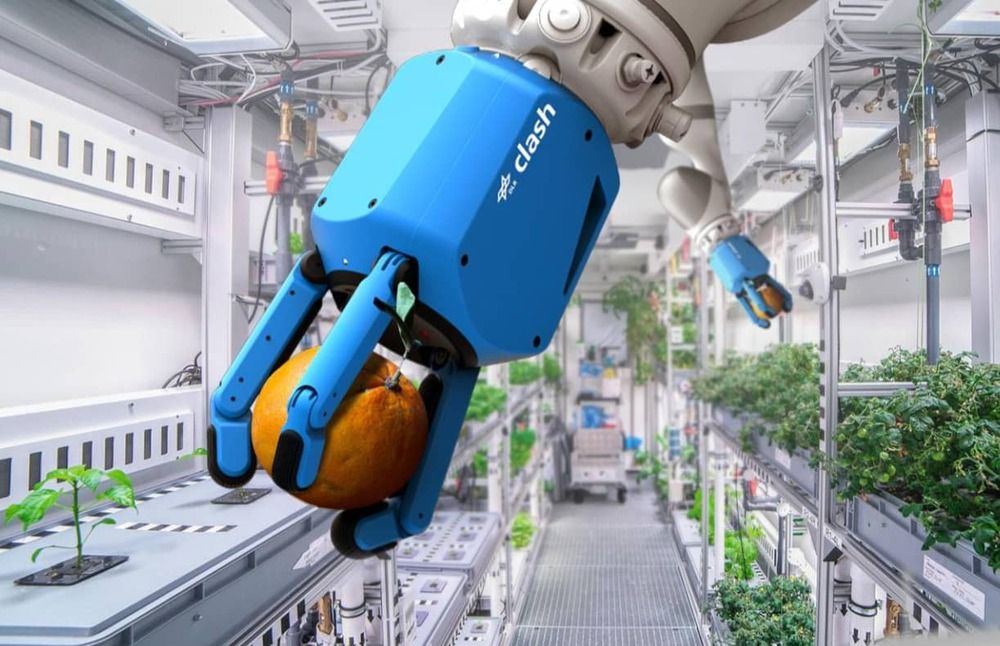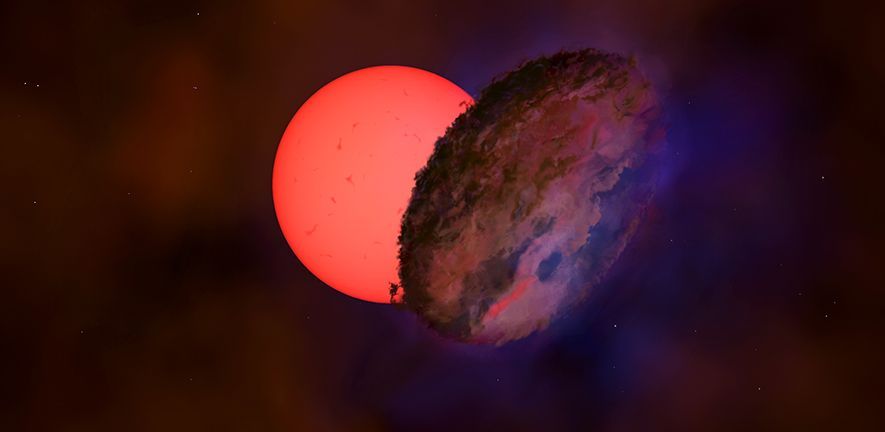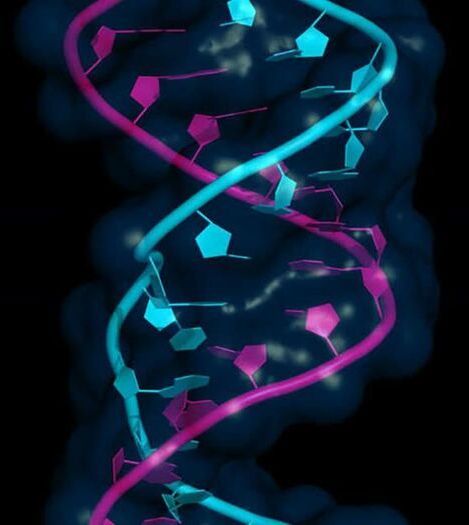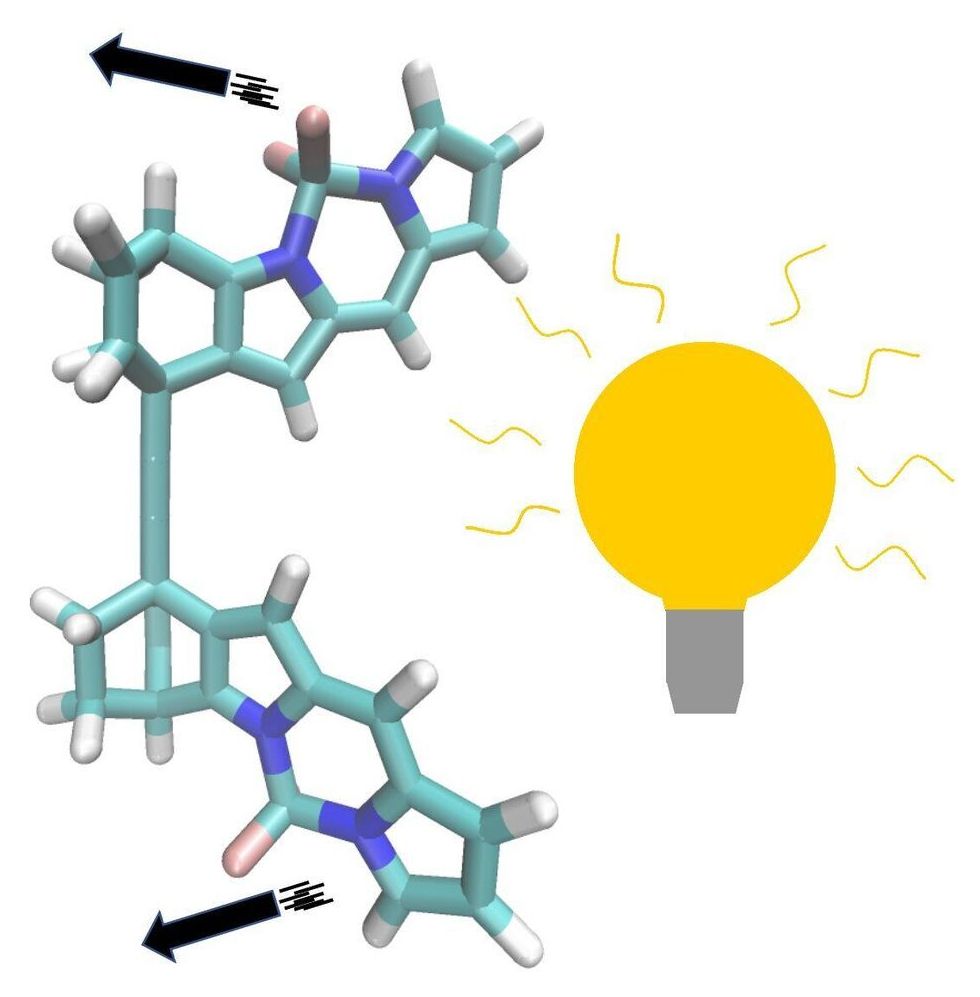Jun 20, 2021
House of Space: San Benito man commissions home tribute to SpaceX, Elon Musk
Posted by Genevieve Klien in categories: Elon Musk, habitats, space travel
SAN BENITO — Willie Rosales Jr. grew up in San Benito, and he never imagined the Valley would become a hub for space travel.
Inspired by all the SpaceX rocket activity near Boca Chica Beach, along with Elon Musk’s vision for the area, Rosales decided to turn his home into a tribute.
“My intentions are for travelers to visit San Benito, and I wanted to pay homage to Elon Musk,” he said.


















